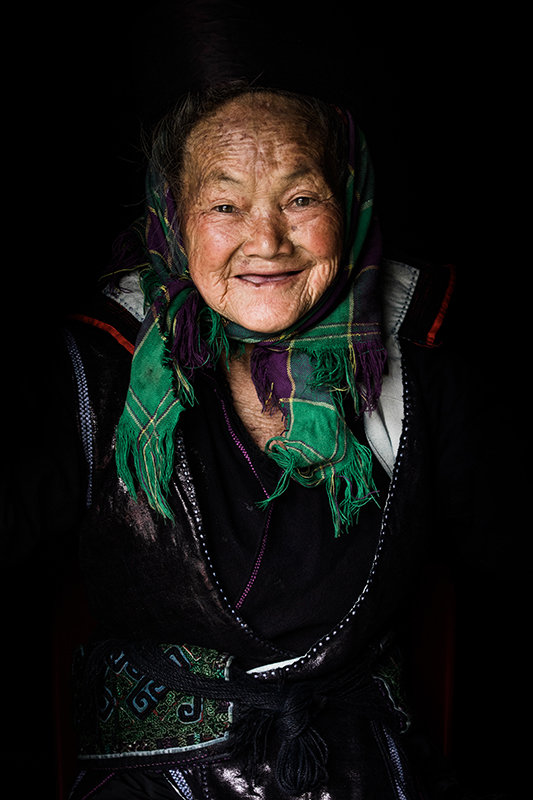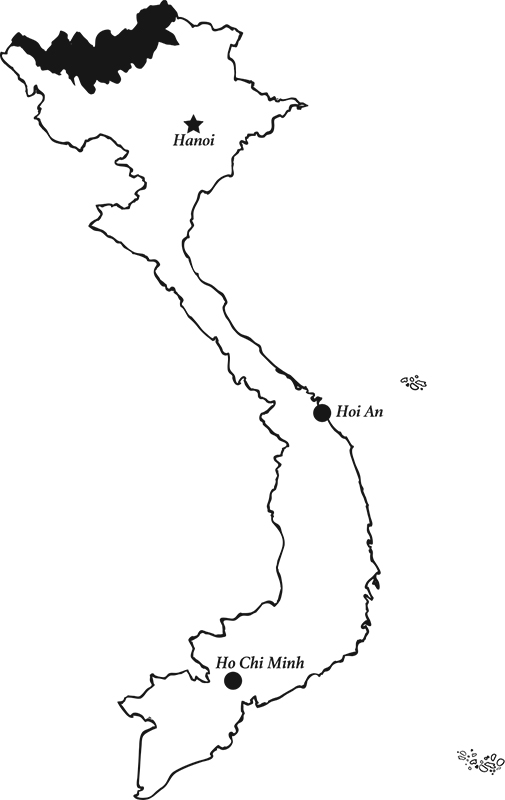My first trip to Sa Pa in 2012 was a memorable experience and I’ve been back ten times since then. Hmong traditions are strongly embedded in this culture with sewing skills passed down through generations. These days, Hmong hotspots like Sa Pa have become popular tourist destinations and most locals understand the opportunities (and disadvantages) that tourism can create. This new influx of income has transformed and diversified the Hmong way of life.
One of the specificities of this culture comes from the traditional costume that continues to evolve over time, unlike those of other ethnic groups that have remained unchanged for at least a decade. Hmong girls learn how to craft their traditional clothing starting at the age of seven. Each one of them is made from hemp then dyed with indigo before undergoing hours of custom embroidery. This constant evolution gives hope for a more peaceful future for the Hmong, while other ethnic groups that are less flexible tend to lose their identity when they assimilate into Vietnamese culture. Hang Thi Dinh, the woman in the picture, is 92 years old, but when I met her in May 2018, I got the impression that she talked and moved with the enthusiasm and the sense of humour of a young girl full of life! An extraordinary encounter.

